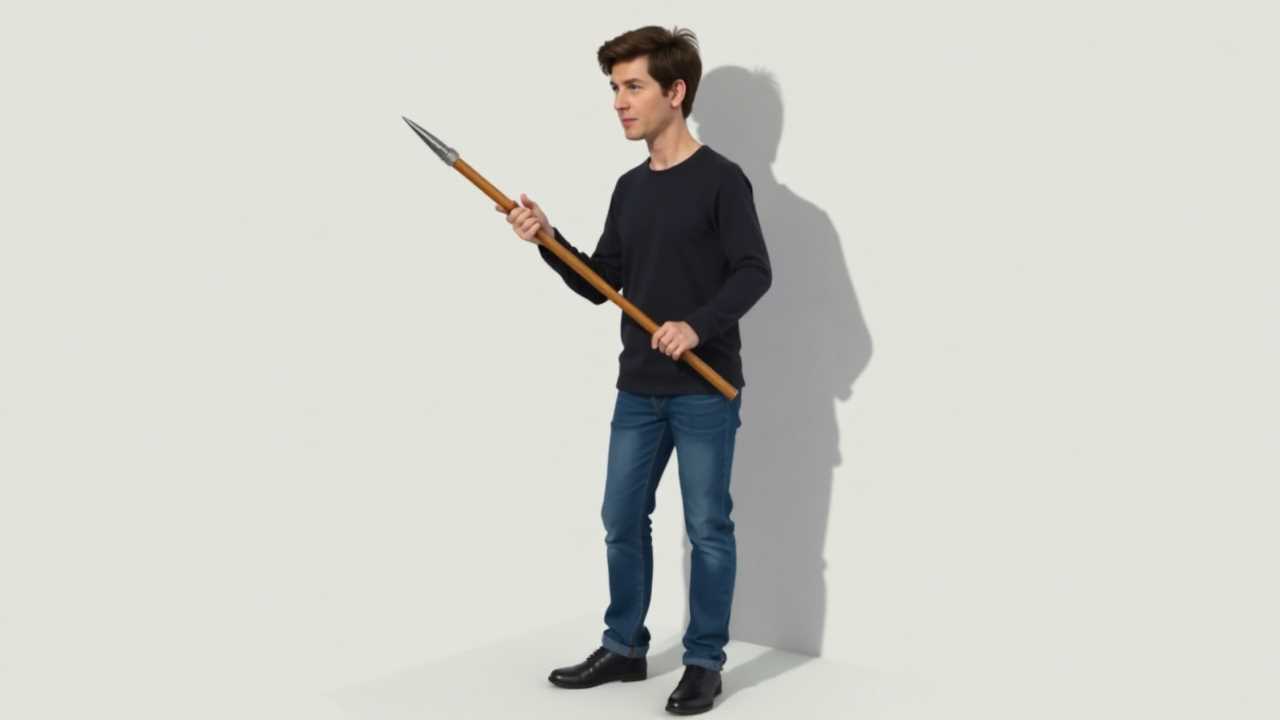
Understanding Foreshortening in Art
Foreshortening is a fundamental technique in art that allows artists to create the illusion of depth and volume on a two-dimensional surface. This technique involves depicting an object or figure in a picture in depth, making it appear shorter than it actually is. By mastering foreshortening, artists can enhance the realism of their work, drawing the viewer's eye and creating a more engaging composition.
The essence of foreshortening lies in its ability to manipulate perspective. When an object is viewed from a certain angle, its proportions change dramatically. This change must be accurately represented in the artwork to maintain the illusion of three-dimensionality. Understanding how to apply foreshortening effectively is crucial for artists looking to elevate their sketching techniques.
The Role of Perspective in Foreshortening
Perspective is the backbone of foreshortening. It refers to the way objects appear smaller as they recede into the background. To effectively use perspective in foreshortening, artists must consider the alignment of their subjects. For instance, when drawing a figure reaching out towards the viewer, the parts of the body closest to the viewer will appear larger, while those further away will be smaller.
To achieve this effect, artists can use a vanishing point, a point on the horizon line where parallel lines seem to converge. By positioning the vanishing point correctly, artists can create a more dynamic composition that draws the viewer's eye into the artwork. This technique not only enhances the depth of the piece but also adds a sense of realism that is vital for effective foreshortening.
Proportions: The Key to Realistic Foreshortening
Proportions play a significant role in achieving successful foreshortening. When drawing a figure, it is essential to maintain accurate proportions between different body parts. For example, if the arm is extended towards the viewer, it should be drawn larger than the torso to reflect its proximity.
To practice this, artists can use reference images or live models. Observing how the human body changes in proportion when viewed from different angles can provide valuable insights into effective foreshortening. Additionally, artists should take note of the contour of the figure, ensuring that the lines and shapes flow naturally while adhering to the altered proportions.
Shading Techniques to Enhance Depth
Shading is another critical element in foreshortening that can significantly impact the perception of depth. By applying different shading techniques, artists can create the illusion of light and shadow, further enhancing the three-dimensional effect of their work.
There are several shading techniques that can be employed, including hatching, cross-hatching, and stippling. Each method can produce varying degrees of darkness and texture, allowing artists to manipulate the visual weight of different areas within their composition. For instance, areas that are closer to the light source will be lighter, while those further away will be darker. This contrast helps to reinforce the sense of depth and volume in the artwork.
Aligning Elements for Cohesion
Alignment is crucial in ensuring that all elements of a composition work harmoniously together. When applying foreshortening, artists must ensure that the various components of their artwork are aligned correctly. This means paying attention to how objects relate to one another in terms of size, position, and perspective.
For example, if an artist is drawing a figure in the foreground with a building in the background, the alignment of these elements must be consistent with the perspective established in the piece. Misalignment can disrupt the illusion of depth and make the artwork appear flat or disjointed.
Practical Tips for Mastering Foreshortening
1. Study Real-Life Examples: Observing real-life objects and figures can provide valuable insights into how foreshortening works. Take the time to analyze how different angles affect proportions and perspective.
2. Use Reference Images: Reference images can serve as a guide when practicing foreshortening. Look for images that showcase various angles and perspectives to understand how to depict them accurately.
3. Practice Sketching from Different Angles: Experiment with sketching the same subject from multiple angles. This practice will help you become more comfortable with altering proportions and applying foreshortening techniques.
4. Incorporate Shading: Don’t forget to apply shading techniques to enhance the depth of your sketches. Experiment with different methods to see how they affect the overall perception of your artwork.
5. Seek Feedback: Sharing your work with peers or mentors can provide valuable feedback. Constructive criticism can help you identify areas for improvement and refine your foreshortening skills.
Mastering foreshortening is an essential skill for any artist looking to create dynamic and realistic compositions. By understanding the interplay between perspective, proportions, depth, contour, shading, and alignment, artists can elevate their sketching techniques to new heights. With practice and dedication, anyone can learn to effectively apply foreshortening, transforming their artwork into captivating visual experiences.
 Writing TipsCreative WritingJournalingSketching TechniquesBuying GuidesPrivacy PolicyTerms And Conditions
Writing TipsCreative WritingJournalingSketching TechniquesBuying GuidesPrivacy PolicyTerms And Conditions
